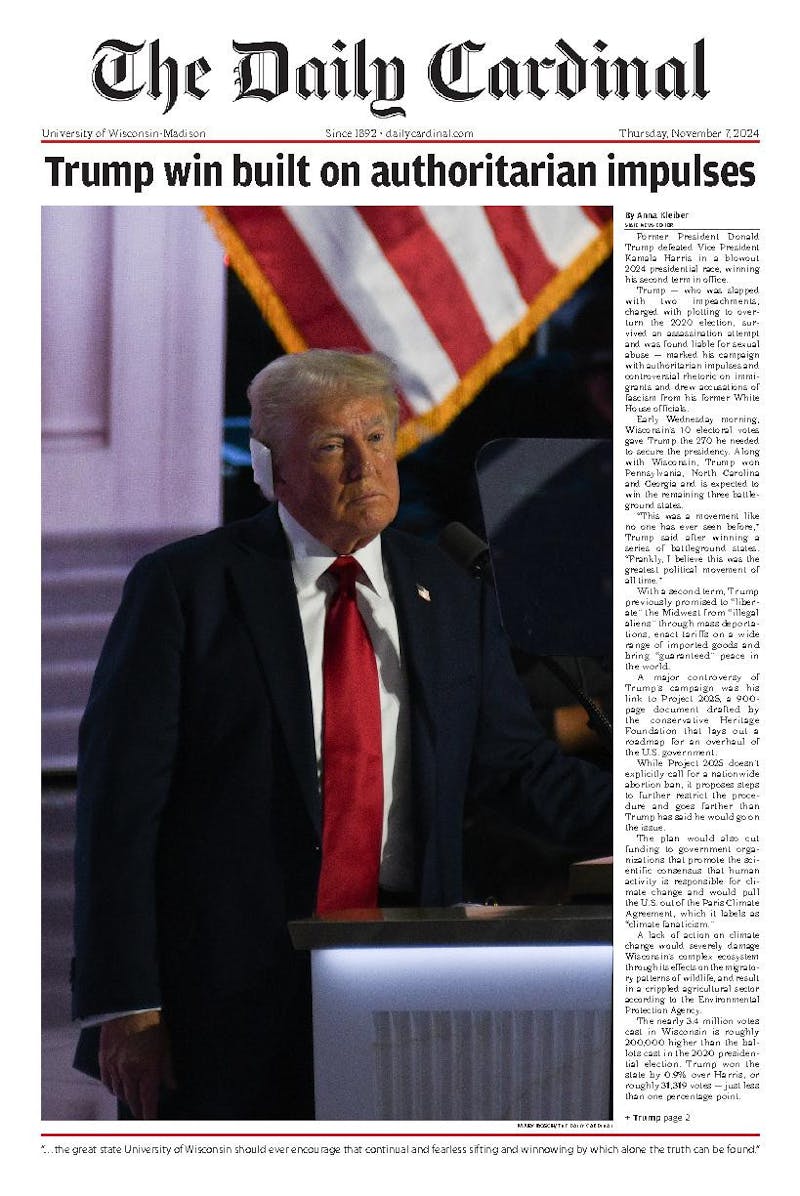We have all heard about it. Many of us will experience it. Some say it has the best acoustics of any multipurpose hall in the country. Overture Hall, the centerpiece of Madison's new Overture Center for the Arts, has received raves since opening last month.
\What I love about the acoustics in Overture Hall is its clarity, presence and full frequency. I can hear all instruments on stage, from the little bells to the bass,"" said Joseph Myers, acoustician at Chicago-based Kierkegaard Associates. Overture Hall's shape is crucial to how sound reflects and reverberates inside the space because it influences the ""uniformity"" of the hall. Generally, sound disperses in all directions, but the architects found a way to direct the sound waves back to the audience.
""Uniformity ... is achieved by sound reflection from the enclosure, such as the ceiling and walls. The sound from the orchestra gets reflected repeatedly from various surfaces so the sound fills the entire hall,"" said Willy Haeberli, UW-Madison physics professor.
A visit to Overture Hall confirms the many sound-diffusing elements. The side walls in the main hall narrow nearer to the stage, which reflects the sound faster so it reaches the audience with greater clarity. Farther from the stage, the walls open up like a megaphone, with a zigzag shape that reflects the sound back into the center of the hall. The hall's rear wall is angled and its balcony ceilings are tilted to prevent sound waves from being trapped above the audience members' heads.
Because of the carefully planned angles, the sound from the stage reflects at an angle off the back wall, strikes the balcony ceiling and drops into the balcony unit where it reaches the listener.
These architectural quirks were no accident. For sound to reach the audience at its highest quality, it must maintain a crucial balance between high frequencies and large-sized bass tones. To achieve this balance, architects strategically varied the dimensions of the wave-shaped ceiling, the broken-up balconies, the wood panels and the hanging fabrics.
""Too much reflection and the note played dies down slowly-the music gets muddy. Too little, and the sound is weak and dry,"" Haeberli said.
Gadi Leshman, UW-Madison graduate student of history, came out of Overture Hall after a symphony last week with a smile on his face.
""The Chicago Symphony Orchestra is excellent and so are the acoustics of Overture Hall. But I think that it can get even better with time as the performers learn more about the space,"" he said.





